
- Details
- By:
- Category: Machine Learning
Artificial intelligence (AI) has rapidly integrated itself into various facets of our lives, influencing everything from the convenience of email automation to the advancement of healthcare facilities. Yet, as technology evolves, a new player enters the arena—augmented intelligence. Both AI and augmented intelligence strive toward innovation and efficiency, but they take different paths and hold distinct implications for human involvement. This article will dissect the nuances between these two fields and contemplate how they are set to alter the landscape of our technological society.

- Details
- By:
- Category: Machine Learning
The realm of artificial intelligence (AI) is undergoing transformative changes, leading us to new frontiers of machine capabilities. AI systems, despite their computational origins, are inching closer to the realm of human emotion—developing the ability to simulate and even recognize our nuanced expressions. Known as Emotion AI, this field has advanced by leaps and bounds, integrating emotion recognition into everyday technologies and industries, transforming the way we interact with machines.

- Details
- By:
- Category: Machine Learning
Artificial Intelligence: A Journey from Today's Technology to Tomorrow's Possibilities

- Details
- By:
- Category: Machine Learning
Artificial intelligence (AI) represents a dynamic and ever-expanding domain, fundamentally altering the landscape of various industries and expanding the limits of what we as humans can achieve. At its core, AI encompasses a myriad of techniques and methodologies that empower machines to simulate intelligent behavior, including learning, problem-solving, and decision-making. This comprehensive exploration of AI will delve into the core concepts that underlie this transformative technology and examine its diverse applications, which touch upon nearly every facet of modern life.
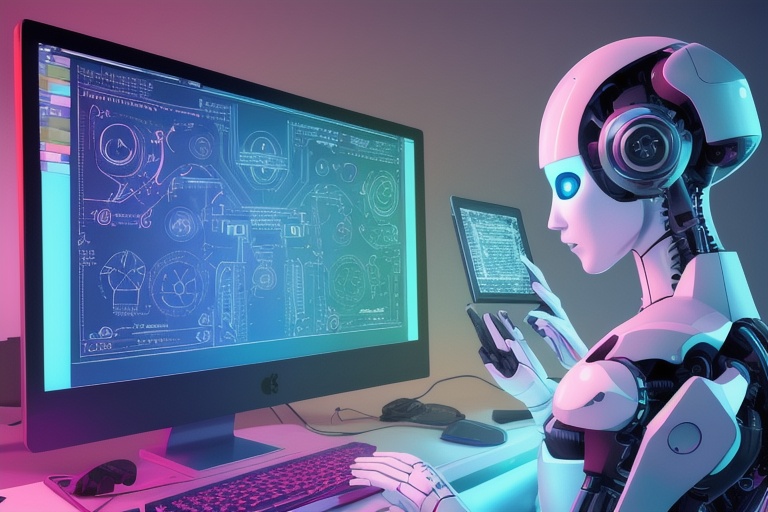
- Details
- By:
- Category: Machine Learning
Artificial intelligence (AI) stands at the forefront of technological innovation, reshaping our future in countless ways. The field of accounting, an industry traditionally characterized by detailed and meticulous labor, is undergoing a substantial transformation through the integration of AI technologies. AI's burgeoning role in accounting signals a shift from manual number crunching to strategic analysis, enabling professionals to make more informed decisions and contribute more significantly to businesses' success.
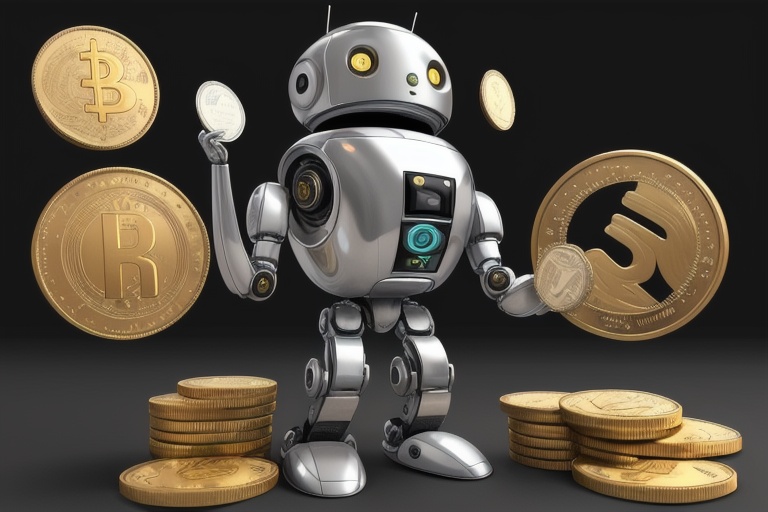
- Details
- By:
- Category: Machine Learning
Artificial intelligence (AI) and machine learning are reshaping the way we perceive technology and its capabilities. These technological marvels have become increasingly entwined in our daily lives, yet many people might not fully grasp their nuances. To clarify, AI embodies the broader concept of machines performing tasks in a manner akin to human intelligence. Machine learning, a significant branch of AI, focuses specifically on algorithms and systems that learn and improve from experience and data, without being explicitly programmed for each task.
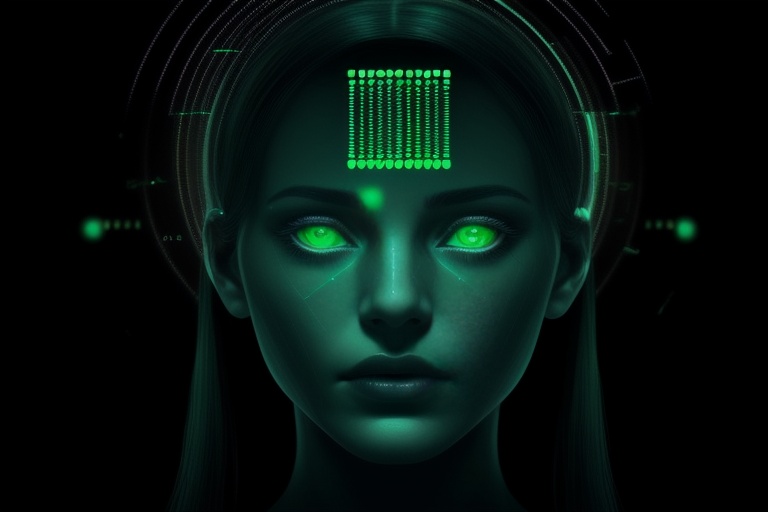
- Details
- By:
- Category: Machine Learning
Artificial intelligence (AI) and Information Technology (IT) are two realms that have grown to be deeply intertwined, each playing a pivotal role in the modern landscape of computer science. AI is dedicated to crafting systems that simulate human intelligence, performing tasks that generally require the cognitive function of human minds. On the other hand, IT focuses on leveraging technology to manage and process data effectively.
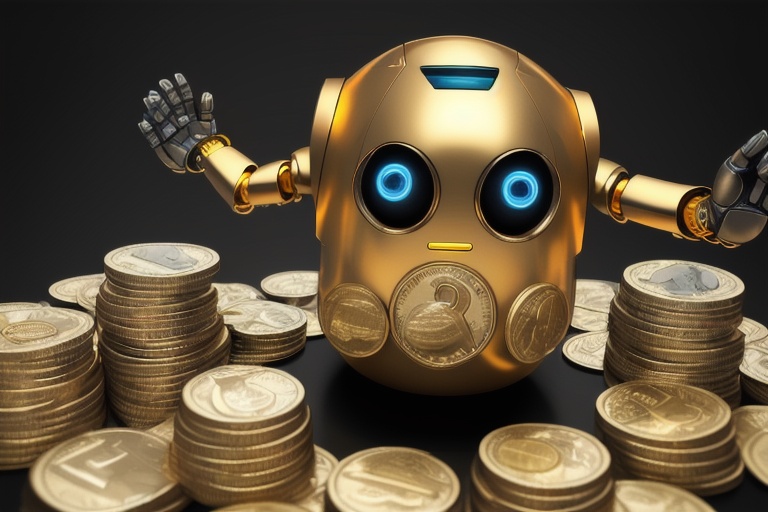
- Details
- By:
- Category: Machine Learning
Artificial intelligence (AI) and machine learning (ML) are not just buzzwords; they are rapidly evolving technologies that are shaping our modern world. To fully understand their impact and potential, we must delve into the rich history that has paved the way for current innovations and future possibilities. With roots stretching back to ancient history, the journey of AI is a fascinating tale that reveals the relentless human pursuit to create intelligence that mirrors our own.
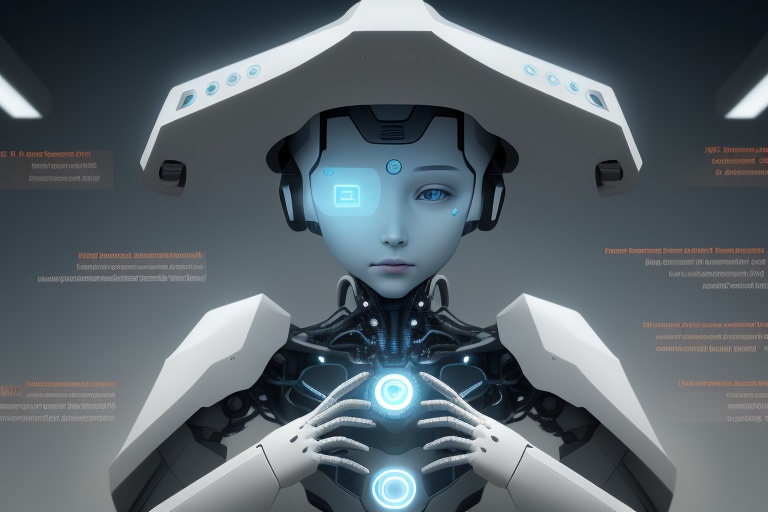
- Details
- By:
- Category: Machine Learning
Artificial Intelligence (AI) stands at the forefront of technological innovation, transforming the way we interact with the world around us. AI systems are crafted to mirror human cognitive abilities, affording machines the prowess to execute tasks that once depended solely on human intellect. This intriguing domain weaves together programming, artificial intelligence, and machine learning, presenting a plethora of concepts, methodologies, and applications that continue to evolve and expand the boundaries of possibility.

- Details
- By:
- Category: Machine Learning
Chatbots have evolved from simple automated responders into sophisticated tools for customer engagement and support. These virtual assistants are shaping how businesses across diverse sectors—from healthcare to manufacturing—interact with their audiences. Engaging with a chatbot is now common; have you ever noticed they often boast distinctive, sometimes playful names? The act of naming a chatbot is far from arbitrary. In this discourse, we delve into the significance of bestowing the right name upon your chatbot and furnish you with pivotal insights on achieving this.

- Details
- By:
- Category: Machine Learning
Artificial Intelligence (AI) has drastically reshaped the landscape of many industries, with its capability to sift through large datasets, generate enthralling content, and craft ingenious marketing strategies. Entrepreneurs across the globe are harnessing the potential of AI to not only cut costs but also to enhance their profitability margins. For many, the thought of integrating AI into their business can seem like a complex labyrinth, particularly for those just stepping into the technological arena. This comprehensive exploration offers guidance on nine practical approaches to employ AI for commercial gain that will resonate with both rookies and seasoned experts. We'll delve into generating AI-driven content, leveraging AI for web development, launching online educational modules, coding for freelance projects, even marketing AI products as an affiliate—opening doors to a plethora of opportunities to realize the value of AI innovations.

- Details
- By:
- Category: Machine Learning
Artificial Intelligence (AI), once a concept found only in science fiction, has now become a pervasive force in the modern world. Defined as the ability of machines to emulate cognitive functions like learning and problem-solving, AI is making an undeniable impact across various sectors. The essence of AI lies in its innovative blend of Machine Learning (ML) and Deep Learning, where systems are trained using vast datasets to make informed decisions autonomously. As we begin to uncover the vast applications of this technology, it becomes evident that AI is not just about futuristic robots, but about practical solutions that enhance our day-to-day life.

- Details
- By:
- Category: Machine Learning
Artificial intelligence (AI) and machine learning (ML) represent the cutting edge of technological progress, pushing the boundaries of what's possible in the digital age. Powering this transformation is Microsoft's Azure, a cloud computing service known for its exceptional AI and ML capabilities, as well as its robust programming tools. In this comprehensive six-part series, we're going to delve deep into Azure's offerings and elucidate how these tools and services are catalyzing change, reshaping entire industries, and redefining the landscape of tech careers.

- Details
- By:
- Category: Machine Learning
Artificial intelligence (AI) has been a driving force in conversations about technological evolution and job automation for years. Its transformative power is a testament to human ingenuity and it's increasingly clear that AI may be at a genuine inflection point. To understand the influence AI holds over the future of work, we have connected with industry experts and investors. Their insights are not only invaluable but also paint a vivid picture of the myriad ways AI reshapes our professional lives.
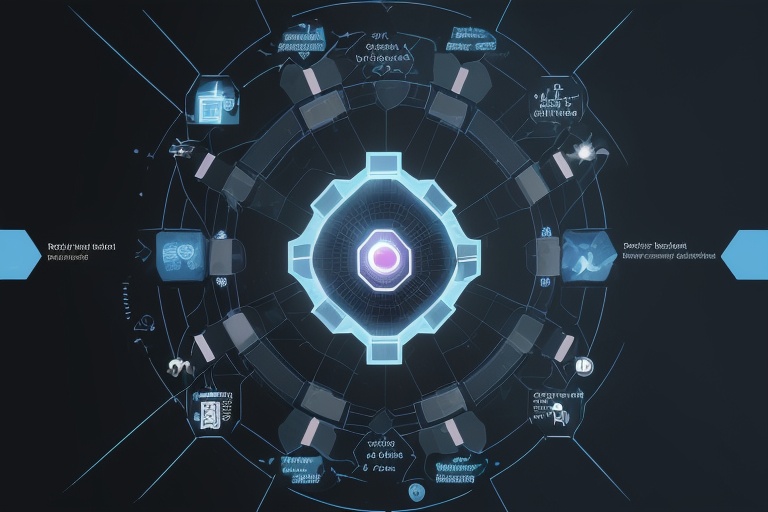
- Details
- By:
- Category: Machine Learning
Artificial intelligence and machine learning technologies are shaping the future across a myriad of industries, but their impact is most transformative when applied to the critical issue of climate change. Today, innovators around the world are harnessing the power of these advanced tools to craft sustainable solutions and address environmental challenges. The burgeoning climate tech sector is poised for explosive growth, with estimates suggesting that investments in climate and clean technology could soar to $6.4 trillion in 2023. As we delve into the fast-paced world of climate tech startups, let's explore some of the most promising ventures striving for a greener tomorrow.
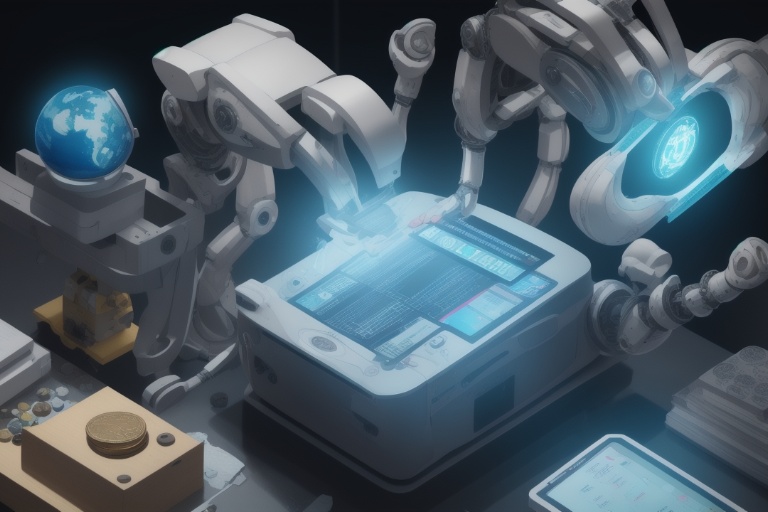
- Details
- By:
- Category: Machine Learning
Artificial intelligence (AI) has solidified its position as a transformative power in the world of technology, revolutionizing the way we automate tasks, optimize efficiency, and reinvent multiple sectors. The permeation of AI into our daily lives ushers in a brand-new era of innovation but is not without its own set of formidable challenges and threats that must be taken seriously.
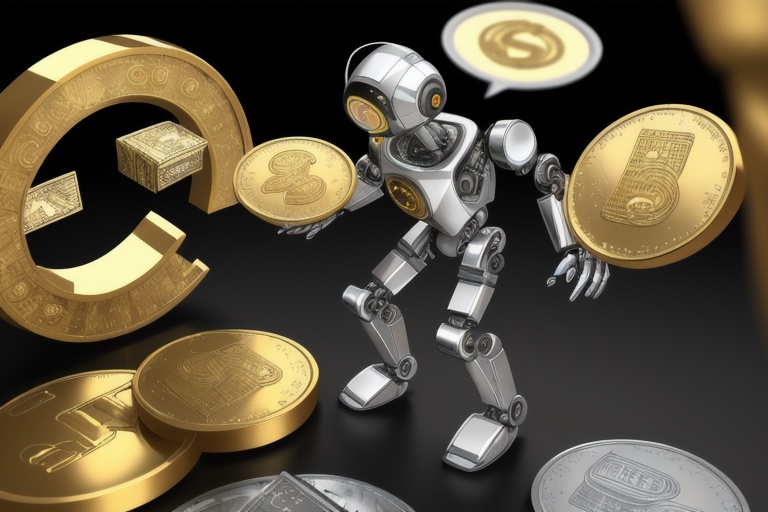
- Details
- By:
- Category: Machine Learning
Artificial intelligence (AI) stands at the forefront of technological advancement and has revolutionized multiple sectors, altering the way we live and work. To keep pace with this rapidly evolving field, aspiring professionals must seek top-tier education to hone their skills and understanding of AI and machine learning. Within the pool of exceptional undergraduate computer science programs, certain institutions distinguish themselves through their commitment to excellence in artificial intelligence education.

- Details
- By:
- Category: Machine Learning
Artificial Intelligence (AI) stands at the forefront of technological innovation, radically transforming industries and day-to-day living. It signifies a new era where machines emulate human intelligence, undertaking complex tasks that were once exclusive to human cognition. This integration of AI into our lives is more than just a technological leap; it's a pivotal shift in how we approach and solve problems, interact with our devices, and envision the future of automated systems.

